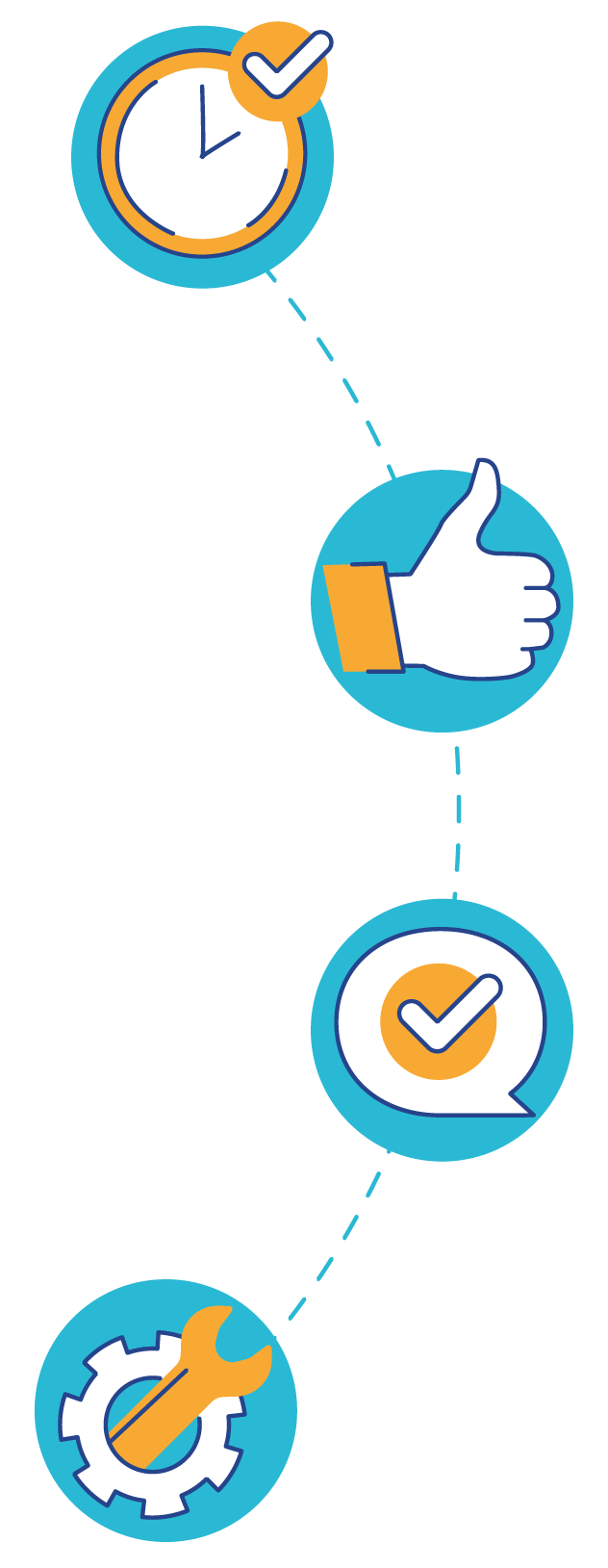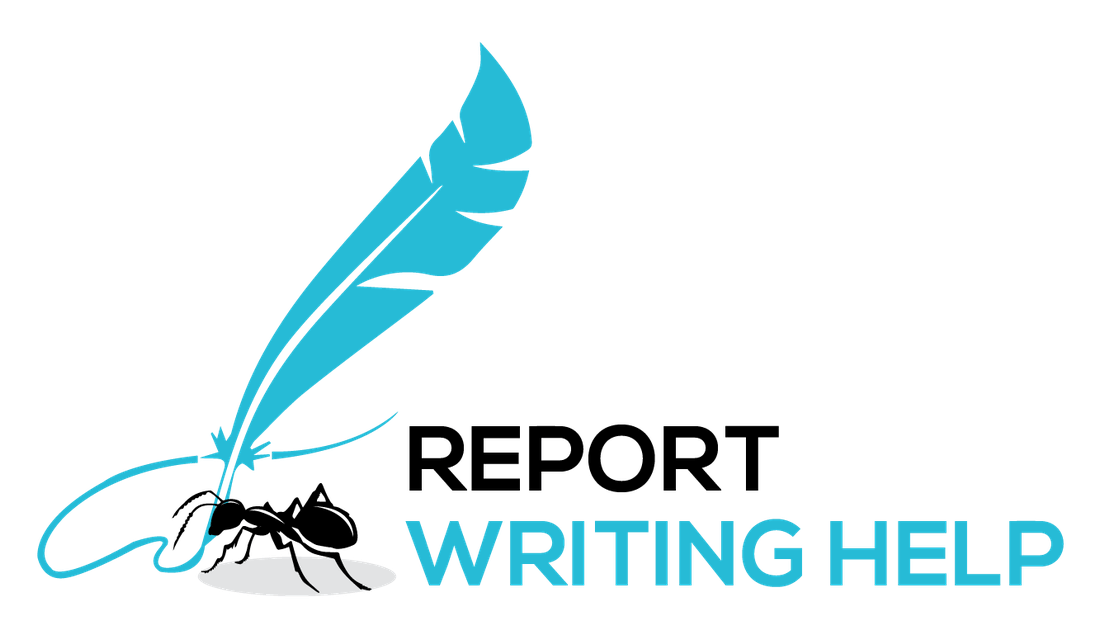
Formal Reports Services Tailored to Your Needs!
Formal reports got you feeling like you're wrestling a template with a thousand boxes? Filling in the blanks might not exactly showcase your academic genius. Ditch the template torture and formal report examples online, and let us craft a custom masterpiece that impresses your professor or lands that big client. Prepare to stand out – without the stress!
Transform Your Reports with Professional Writing Assistance:
Conquer your courses and boost your grades with Report Writing Help! We’re not just another service provider – we’re your academic allies, ready to unleash our research skills and writing magic to help you ace your assignments. Let’s seize that A now!


Constant Care: Need assistance at any hour? Our 24/7 support team is always a message away, ready to answer your questions and assist you through any challenge.
Secure Services: Your privacy is locked down tighter than a bank vault. Our rock-solid NDA policy and advanced SSL encryption are like an enchanted shield, protecting your information and keeping your academic journey confidential.
Cost-effective Help: Get premium quality without the premium price. Our affordable rates are designed with students in mind, meaning you get top-quality assistance without feeling the financial pinch.
Edit Excellence: Perfection is our promise. That's why we offer unlimited free revisions to ensure your paper is flawless – every sentence sharp and every argument on point.
15+ Years of Academic Excellence!
Have a look at our badges of honour that echoes our prowess!
750+
Assignment Experts
9000+
Successful Projects
99.9%
Customer Satisfaction

Struggling with your Assignments? Work Smart, Not Hard! Achieve A+ Reports with Our Skilled Writing Team!
Experience Firsthand Why Top Students Rely on Us to Ace in Class
Get Your Formal Reports Done Right with the UK’s Best Writing Service!
Is your report giving you the same headache as translating an ancient language? We’ve all been there. Navigating headings, data analysis, and professional language can be enough to make even the most enthusiastic student want to hide under a desk. But worry not! Expert formal report writing help is your secret weapon. We'll help you tailor your report to perfection, from structuring it like a pro to making your data sing. So, why wait? Let us handle the formatting complexities, so you can confidently conquer assignments!
Trouble Understanding Report Requirements?
Scratching your head trying to understand the requirements of your formal report? It’s understandable! It can be overwhelming to sort through detailed instructions and guidelines, especially since it demands a specific structure, tone, and style that can be difficult to master. Misunderstanding even a small part of the requirements can lead to a poorly structured report and lost marks (which we don’t want to happen.)
But fear not! Our experts are pros in academic standards and can help interpret the guidelines correctly. We’ll ensure your report meets every criterion, helping you avoid common pitfalls and achieve clarity and coherence in your work. Rest assured, we cater to all types of formal reports and will work closely with you to understand every detail, ensuring your work is accurate and well-aligned with your expectations. So, why struggle alone? By choosing us, you can relax knowing your report is in capable hands and success is within your reach!
Battling with Topic Selection?
Finding it tough to choose a suitable topic for your formal report? It’s a common struggle! A good topic should not only be relevant but also interesting and manageable within the scope of your assignment. But, let’s be honest, it’s easier said than done. You end up spending countless hours just trying to decide on the right topic, which can be both time-intensive and stressful.
That’s where we come in! Our skilled writers will collaborate with you to identify a subject that captures your interest and aligns with your academic goals. They’ve advanced degrees in their respective fields and extensive experience in research. With their expertise, you’ll save time and start your report on a strong foundation with an engaging and feasible topic. So, why even worry? No need to look for formal report writing example for students online! Let us handle the hard part so you can focus on what really matters—catching up on that much-needed sleep and getting those A’s!
Struggling to Conduct Thorough Research?
Do you feel lost when it comes to gathering reliable and relevant sources for your report? We get it! Effective research is the backbone of any strong report, but it can be incredibly time-consuming and challenging to sort through a mountain of information. Not to mention, finding credible sources, synthesizing information, and citing correctly further adds to the complexity.
However, don’t panic! Exceptional formal report writing online services have you completely covered! Our team of proficient research writers have access to a vast number of scholarly libraries and databases. They’ll find and organize high-quality sources to support your thesis and add credibility to your papers. Rest assured, our commitment to thorough and thorough research ensures your report will be well-informed and academically rigorous. So, what’s the delay for? By leveraging our expertise, you’ll have access to a resource-rich piece that’ll wow your readers for its authenticity!
Finding it Hard to Organise Your Report?
Does the idea of organizing your report make you anxious? We know exactly how you feel! Structuring in accordance with a formal report format requires a logical flow and coherence that can be tricky to achieve. Each section needs to transition smoothly into the next, and the overall narrative should be clear and compelling – which is not everyone’s cup of tea. That’s why you need to lean on Report Writing Help!
Our professional writers excel in creating detailed outlines and structured reports that guide the readers through your arguments seamlessly. They’ll ensure your work flows logically from introduction to conclusion, making it not just informative, but also a pleasure to read. So, why suffer when you’ve us? With us in your corner, you can present a well-organized report that impresses your professors and earns you top grades!
Worrying About Style and Tone?
Concerned about maintaining the right style and tone throughout your formal report? We understand! Academic writing demands a formal, precise, & objective tone that can be hard to maintain, especially if you're not confident in your writing skills. But no need to stress because we’ve got your back till the end!
Our talented writers are seasoned in academic conventions and can craft a report that adheres to the required style and tone. They’ll go above and beyond to ensure your report is polished, professional, and reflective of your academic level. Whether you need a formal business report or any other kind, we guarantee it will follow a consistent and appropriate tone from start to finish, enhancing its overall quality and readability. So, why waste a moment? By choosing us, you can overcome your writing insecurities and submit a report that meets the highest standards of academic writing.
Facing Tight Deadlines?
Is the looming deadline of your formal report resulting in sleepless nights? We hear you loud and clear! Time management is one of the biggest challenges students face. Managing several assignments, exams, and personal commitments can be incredibly stressful and leads to burnout. This often leaves little time for thorough report writing, resulting in rushed and poor-quality content.
But not on our watch! Our service is designed to help you meet tight deadlines without sacrificing quality. That’s why we’ve got an efficient team of writers at our disposal who can work under pressure to deliver high-quality reports on time, every single time. Whether you need delivery in a certain timeframe or have an urgent request – consider it all done! Our commitment to punctuality means you’ll never have to worry about late submissions again. So, forget all those dull formal research report examples or samples and trust us to handle your report writing needs and relieve the stress of deadlines!
Don’t Wait, Elevate – Place Your Order Today for Success!
Ready to soar to new academic heights? Let us navigate the complexities of your assignments while you focus on what truly matters—learning and growth. Order now to make your papers shine and your efforts pay off!
Get Started Easily:
Place your order in minutes. Visit our website and complete the easy-to-use order form. Or connect on your own terms - live chat with our friendly Chabot, WhatsApp for on-the-go updates, or good old-fashioned email. We're here whenever you need us to get you going.
Free Quote, No Pressure:
Share the specifics of your report assignment with us. Tell us about the subject, your deadline, and any special instructions you have. With this information, we'll analyze your needs and offer you a personalized, no-obligation quote.
Claim Your Success:
Feeling confident? Lock in your order with a secure 50% upfront payment. We'll then match you with an expert specializing in your subject area with whom you’ll be in direct contact throughout the process. Ask questions, share ideas, and work together to craft a masterpiece worthy of an A+.

Meet Our Best Report Writers

Johnathan
Ph. D. in Psychology
With a Ph.D. in psychology and a passion for groundbreaking research, Smith has been helping people and students alike to understand the secrets of the mind for 20+ years.
Explore Our Relevant Report Services Across Various Subjects
Drowning in a sea of report assignments across different subjects? No worries! Our comprehensive services span a diverse array of fields and academic levels. Whether you need university coursework help or any other, we’ll ensure your reports are precise, captivating, and customised to meet your unique needs.


